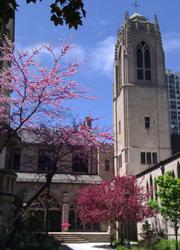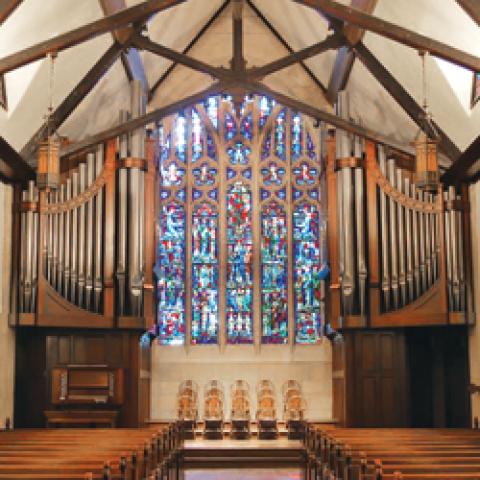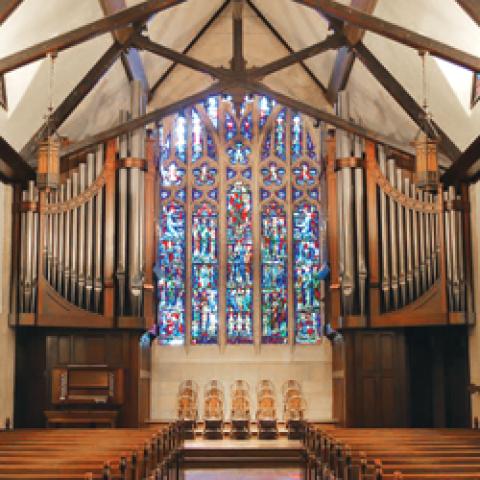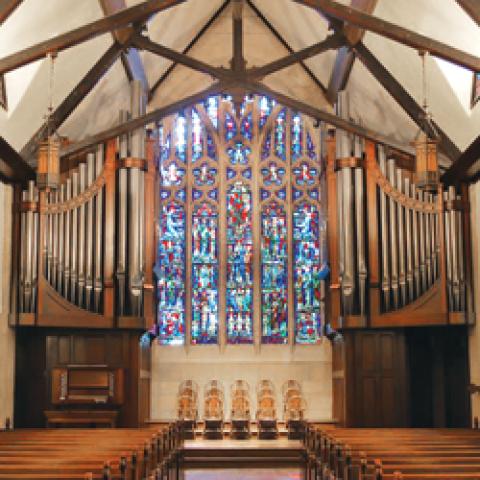
During its celebratory year of the 125th anniversary of its founding, St. Chrysostom’s Episcopal Church, Chicago, Illinois, is inaugurating a summer carillon concert series. Guest recitalists will perform on the 1927 Crane Memorial Carillon of 43 bells, cast by Gillett & Johnston, Croydon, UK.
Concerts are at 4:00 p.m. on Sundays:
June 3, Brandon Blazo;
6/10, Hunter Chase (finalist of the 2017 Thomas Rees International Carillon Competition);
6/17, Helen Hawley.
On Sunday, September 16, Kimberly Schafer, carillonneur of St. Chrysostom’s Church, will play a program including the premiere of a newly commissioned work celebrating the 125th anniversary of the parish. St. Chrysostom’s carillonneurs, Kimberly Schafer and James Fackenthal, play recitals every Sunday at 12:15 p.m. following the 11:00 a.m. service.
For information: www.saintc.org.





